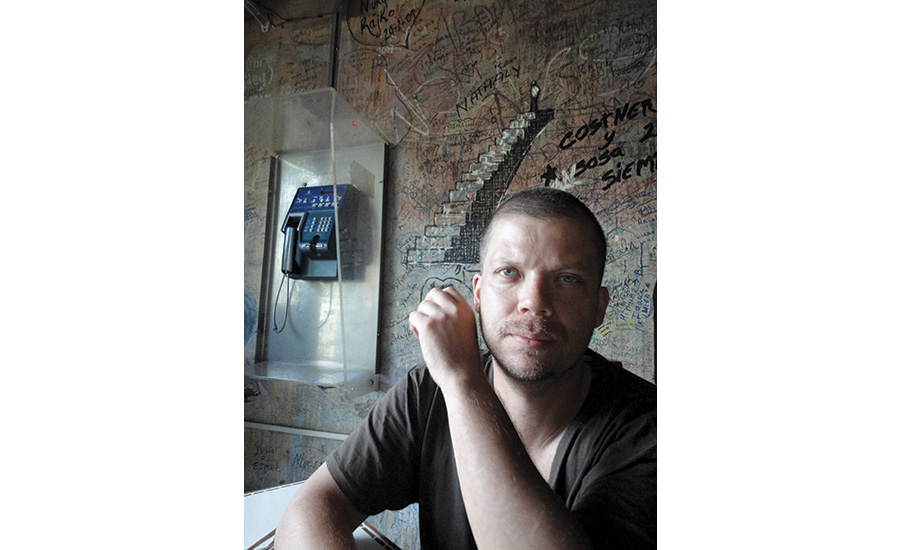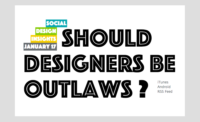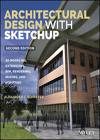Interview with the Curry Stone Design Prize's Eric Cesal

Photo © Eric Cesal
Since its establishment in 2008, the Curry Stone Design Prize has recognized practices and projects that use design to address social justice issues, making one unrestricted grant of $100,000 each year. But in 2017, the organization will celebrate its 10th anniversary by honoring 100 firms and practitioners, collectively dubbed the Social Design Circle, with stipends of $1,500 each. Small groups of the winners will be revealed month by month, starting in January with Teddy Cruz and Fonna Forman, Mark Lakeman, Arquitectura Expandida, Santiago Cirugeda, Pico Colectivo, and Ctrl+Z by Gianluca Stasi.
Special-projects director Eric Cesal and prize director Emiliano Gandolfi will speak with the honorees on a new weekly podcast, launching January 5, called Social Design Insights. Cesal chatted with RECORD about the year ahead.
What prompted the organization to mark its anniversary in this way?
When the prize started, it began with a focus on emerging practices in an emerging field. After a decade of the prize, we made the choice to honor 100 practices because of how far the social design movement has come. Many of our past winners have gone on to worldwide acclaim—we now live in a time when social designers are earning Pritzker prizes. We wanted the plan for 2017 to validate the progress that has been made in the field over the last 10 years, so the Social Design Circle was conceived to be exploratory and celebratory.
What about the selection of winners? How was it different from the method in years past?
The selection process did not involve a jury this year—it was internal amongst the Curry Stone team. Most of the candidates were drawn from the practices that we’ve examined over the years, the ones that took our thinking in new directions. We began with an archive of nearly 500 practices, and then we started asking ourselves, which are the 100 that most inspired us, and most changed the field?
What are some of the main characteristics of the winners you selected?
We decided to organize the year around 12 questions we think are the most urgent and daunting in social design now. We started looking at practices that were answering these questions through their work—for example, January’s question of “Should designers be outlaws?” So we asked ourselves, what practices are really flirting with illegality, challenging conventional notions of illegality, and working in informal communities?
You’re announcing the winners month-bymonth in small groups, rather than all at once. What was the thinking behind that?
I think our ambition was to create a dialogue throughout the course of 2017. We wanted to stimulate conversation in the social design community and create space for our audience and Circle members to think about these questions.
What led to developing a podcast around the winners and these themes?
I think there was a certain sort of natural enthusiasm for it. I mean, these are practices that we’ve admired for years and wanted to bring to the public’s attention, so the podcast becomes, essentially, an armature for facilitating a year-long discussion about the state of social design and where it might go in the next 10 years.
Can you give us a sneak peek of any interesting conversations that emerged as you were talking with winners for the podcast?
I can tell you about one from January. The interview with Mark Lakeman, of the City Repair Project in Portland, on the subject of “Should designers be outlaws?” was an extremely interesting, historically based conversation about colonialism: how urban policy in the early 20th century essentially turned communities into economic vehicles, and roads into means to do shopping and promote commerce. The City Repair Project’s work is really about inverting that, and returning to a more humane way of organizing neighborhoods, where the street is a public space, controlled and commanded by the people who live there, rather than vehicles.
What’s the future of the prize? Next year, will it return to the old model?
Yes. Next year, we plan to return to our previous format, so there will be between one and five winners.



